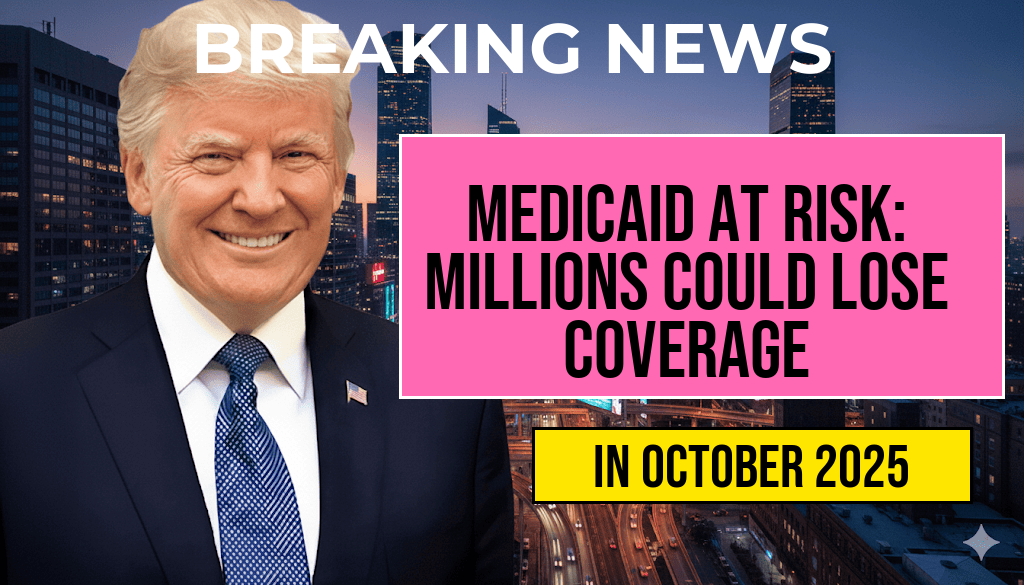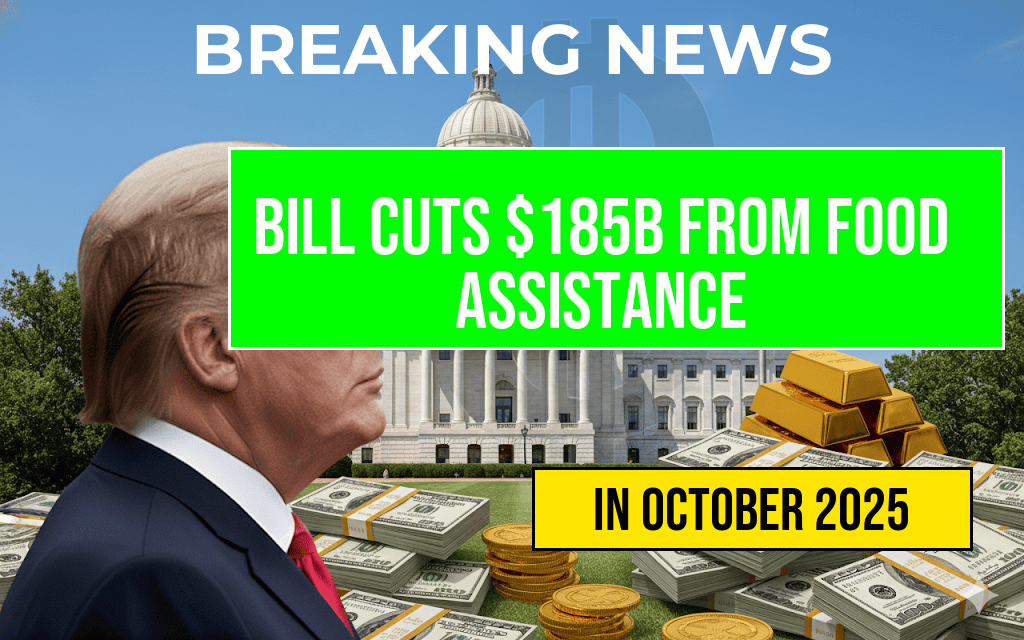Medicaid Faces Potential Crisis as CBO Warns Millions Could Lose Coverage Over $1,000 Emergency Room Bills
Recent analysis from the Congressional Budget Office (CBO) has raised alarms about the stability of Medicaid coverage amid growing concerns that millions of Americans could lose access due to unpaid emergency room bills exceeding $1,000. The report highlights the financial strain on vulnerable populations, noting that high out-of-pocket costs could prompt states to tighten eligibility criteria or cut back on enrollment to manage mounting debt. With Medicaid serving nearly 80 million Americans, the implications of such shifts threaten to deepen healthcare disparities, especially among low-income families, seniors, and individuals with chronic conditions.
As the healthcare landscape evolves post-pandemic, policymakers and advocates are scrutinizing the potential fallout from rising medical bills and the administrative responses that could jeopardize coverage for those most in need. The CBO’s findings underscore a complex balancing act between controlling costs and maintaining access, setting the stage for intense debates over Medicaid policies in the months ahead.
Key Findings from the CBO Report
- Potential coverage losses: An estimated 3 to 5 million Medicaid beneficiaries could lose coverage over unpaid emergency room bills exceeding $1,000, primarily due to increased financial burdens and administrative disenrollments.
- Financial strain on enrollees: The report emphasizes that many low-income individuals and families struggle with medical bills, which can lead to debt accumulation and deter seeking necessary care in the future.
- State policy responses: States grappling with rising unpaid bills may implement stricter eligibility reviews or reduce ongoing enrollment, further risking coverage loss for vulnerable populations.
Understanding the Underlying Challenges
Medicaid was designed to provide essential health coverage for those with limited income, yet escalating healthcare costs and gaps in coverage payments have created vulnerabilities. Emergency room visits, often unavoidable for urgent health issues, can lead to hefty bills that many recipients cannot afford. According to data from the Centers for Medicare & Medicaid Services (CMS), nearly 60% of uninsured adults cite high medical costs as the primary barrier to coverage, illustrating the cycle of financial hardship that can ensue from unexpected expenses.
Moreover, with the expansion of Medicaid in many states, there has been a significant increase in enrollment, but the sustainability of this influx remains uncertain. The CBO warns that if unpaid bills accumulate without effective intervention, states may resort to more aggressive disenrollment strategies, potentially reversing gains made in expanding healthcare access.
Policy Implications and Responses
| Strategy | Description | Potential Impact |
|---|---|---|
| Enhanced Financial Assistance | Providing subsidies or sliding-scale payment plans for emergency bills | Reduces the likelihood of coverage loss due to unpaid bills |
| Protective Legislation | Implementing laws that prevent disenrollment over medical debt | Ensures continued access for vulnerable populations |
| Cost Control Measures | Negotiating prices and incentivizing preventive care to reduce emergency visits | Addresses root causes of high bills and stabilizes Medicaid finances |
Broader Consequences of Coverage Loss
Removing millions from Medicaid rolls could have ripple effects beyond individual health outcomes. Uninsured individuals are more likely to delay or forego care, resulting in worsened health conditions and higher long-term costs for hospitals and emergency services. Data from the Healthcare Cost and Utilization Project (HCUP) indicates that uninsured patients tend to rely disproportionately on emergency departments for primary care needs, which strains resources and inflates overall healthcare spending.
Experts warn that a significant reduction in Medicaid coverage could also exacerbate health disparities among racial and socioeconomic groups, undoing years of progress toward equitable healthcare access. Vulnerable populations, including racial minorities and those living in rural areas, often face higher barriers to coverage and care, and any rollback could disproportionately impact these groups.
Looking Ahead
Legislators and healthcare leaders are closely monitoring the situation, weighing options to prevent a surge in uninsured rates. Some are advocating for policies that extend protections for Medicaid enrollees facing financial hardship, while others call for reforms to cap emergency room charges or expand assistance programs.
As discussions unfold, the key challenge remains balancing cost containment with the imperative to preserve access for millions of Americans. The upcoming legislative sessions will likely focus on addressing the financial pressures that threaten to destabilize Medicaid, with advocates urging for solutions that prioritize vulnerable populations and prevent unnecessary coverage losses.
For more detailed information on Medicaid’s structure and challenges, visit the [Wikipedia page on Medicaid](https://en.wikipedia.org/wiki/Medicaid). To understand broader healthcare policy debates, see [Forbes’ coverage on Medicaid reform](https://www.forbes.com/healthcare/).
Frequently Asked Questions
What is the main concern raised by the CBO regarding Medicaid?
The CBO warns that millions of Americans could lose their Medicaid coverage due to difficulties in paying emergency room bills exceeding $1,000.
How could large emergency room bills impact Medicaid recipients?
High emergency room bills over $1,000 may lead to coverage loss for Medicaid beneficiaries, as they might face financial hardship or become ineligible due to increased debt.
Why are emergency room bills a significant issue for Medicaid?
Emergency room bills can be unexpectedly high, and without adequate coverage, they pose a risk of financial strain and potential loss of Medicaid benefits for vulnerable populations.
What policy changes could help prevent Medicaid coverage loss related to emergency bills?
Implementing protective policies such as caps on emergency expenses or expanded coverage could help Medicaid recipients avoid losing benefits due to large medical bills.
What should Medicaid recipients do to protect themselves from high emergency room bills?
Recipients should consider understanding their coverage details and exploring options like financial assistance programs or negotiating bills to mitigate the impact of large medical expenses.










